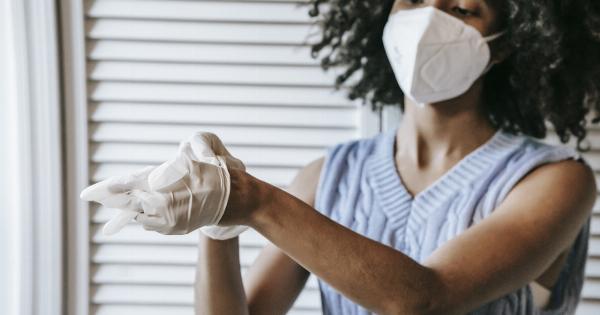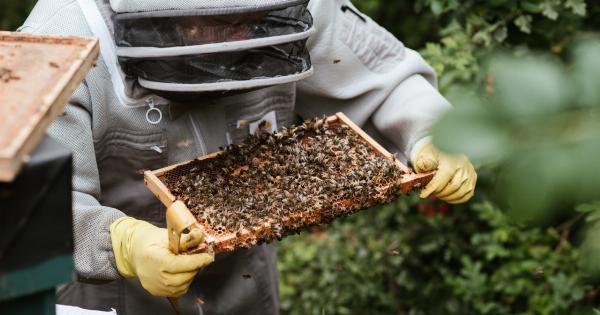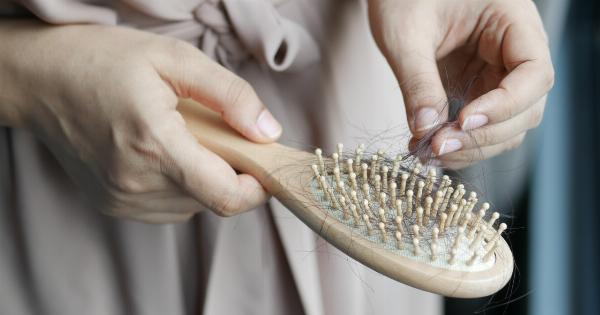Pubic hair removal has become a common practice for both men and women for various reasons. Some individuals prefer the aesthetic appeal of a hair-free bikini area, while others find it more comfortable or conducive to personal hygiene.
However, before embarking on any pubic hair removal method, it is essential to understand the potential risks and prioritize safety. This article will explore different methods of removing pubic hair, their associated risks, and provide advice on proper hygiene practices to maintain a hair-free bikini area.
Methods of Removing Pubic Hair
There are several ways to remove pubic hair, each with its own benefits and considerations. Let’s take a closer look at some of the most popular methods:.
1. Shaving
Shaving is the most common and easily accessible method of pubic hair removal. It involves using a razor or an electric trimmer to cut the hair as close to the skin as possible. Shaving is relatively quick, inexpensive, and provides immediate results.
However, it is important to exercise caution while shaving to avoid cuts, ingrown hairs, and irritation.
2. Waxing
Waxing pulls out the hair from the roots, providing longer-lasting results compared to shaving.
This method involves applying hot or cold wax on the desired area, placing a cloth strip over it, and quickly pulling it off in the opposite direction of hair growth. Although waxing can be more painful than shaving, the results usually last between three to six weeks. It is important to be cautious and seek professional help if you are not experienced in waxing.
3. Depilatory Creams
Depilatory creams or hair removal creams contain chemicals that dissolve the hair’s protein structure, making it easy to wipe or rinse away. These creams are readily available over the counter and are relatively painless.
However, it is important to be cautious while choosing a product and to follow the instructions carefully to avoid irritation or allergic reactions.
4. Laser Hair Removal
Laser hair removal is a semi-permanent method that uses concentrated beams of light to target the hair follicles. This process damages the follicles, leading to reduced hair growth over time.
It is considered more effective than other methods and may result in long-term hair reduction. However, laser hair removal is a professional procedure that requires multiple sessions, can be expensive, and may not be suitable for everyone.
5. Electrolysis
Electrolysis is a method of hair removal that uses electric currents to destroy the hair follicles completely. It is considered a permanent solution for hair removal.
This method is often performed by trained professionals and may require multiple sessions to achieve optimal results. Electrolysis can be time-consuming and more costly than other methods.
Potential Risks of Pubic Hair Removal
While pubic hair removal offers benefits, it is important to be aware of the potential risks associated with each method:.
1. Skin Irritation and Ingrown Hairs
Shaving and waxing can both lead to skin irritation, redness, and the development of ingrown hairs. Ingrown hairs occur when the hair grows back into the skin instead of out, resulting in small bumps or localized inflammation.
It is important to exfoliate the skin regularly and follow proper shaving or waxing techniques to minimize these risks.
2. Infection
Improper hygiene or using unclean tools during pubic hair removal can lead to infection. Bacteria can enter small cuts or openings created during the process, causing redness, swelling, pain, or even pus.
It is essential to maintain good hygiene practices, clean tools properly, and avoid sharing them with others to prevent infection.
3. Allergic Reactions or Chemical Burns
Some individuals may have allergies or sensitivities to the chemicals present in depilatory creams, leading to allergic reactions or irritation. It is recommended to perform a patch test before applying the cream to the entire area.
Chemical burns can also occur if the product is left on for too long or used excessively, causing redness, blisters, or discomfort. Following the instructions and being mindful of the duration is crucial to minimize the risk.
Hygiene Practices for a Hair-Free Bikini Area
Maintaining proper hygiene is essential, especially after removing pubic hair. Here are some hygiene practices to follow for a hair-free bikini area:.
1. Keep the Area Clean
After hair removal, it is important to keep the bikini area clean to prevent infection. Gently cleanse the area with mild soap and warm water, avoiding harsh or scented products that may cause irritation.
Pat the area dry with a clean towel, rather than rubbing, to minimize friction.
2. Moisturize the Skin
Applying a moisturizer or soothing cream after hair removal can help alleviate any irritation or dryness. Choose a moisturizer specifically formulated for sensitive skin and avoid applying it directly to open cuts or irritated areas.
3. Avoid Tight Clothing
Wear loose-fitting, breathable cotton underwear and clothing to allow airflow and minimize friction. Tight clothing can lead to further irritation or ingrown hairs.
4. Exfoliate Regularly
Exfoliating the bikini area helps prevent ingrown hairs by removing dead skin cells and allowing the hair to grow freely. Use a gentle exfoliating scrub or a soft brush to exfoliate the area once or twice a week.
Conclusion
Removing pubic hair is a personal choice that depends on individual preferences. While there are various methods available, it is essential to prioritize safety and consider the potential risks associated with each method.
By following proper hygiene practices, being mindful of any allergies, and taking necessary precautions, it is possible to maintain a hair-free bikini area without compromising your well-being.


























